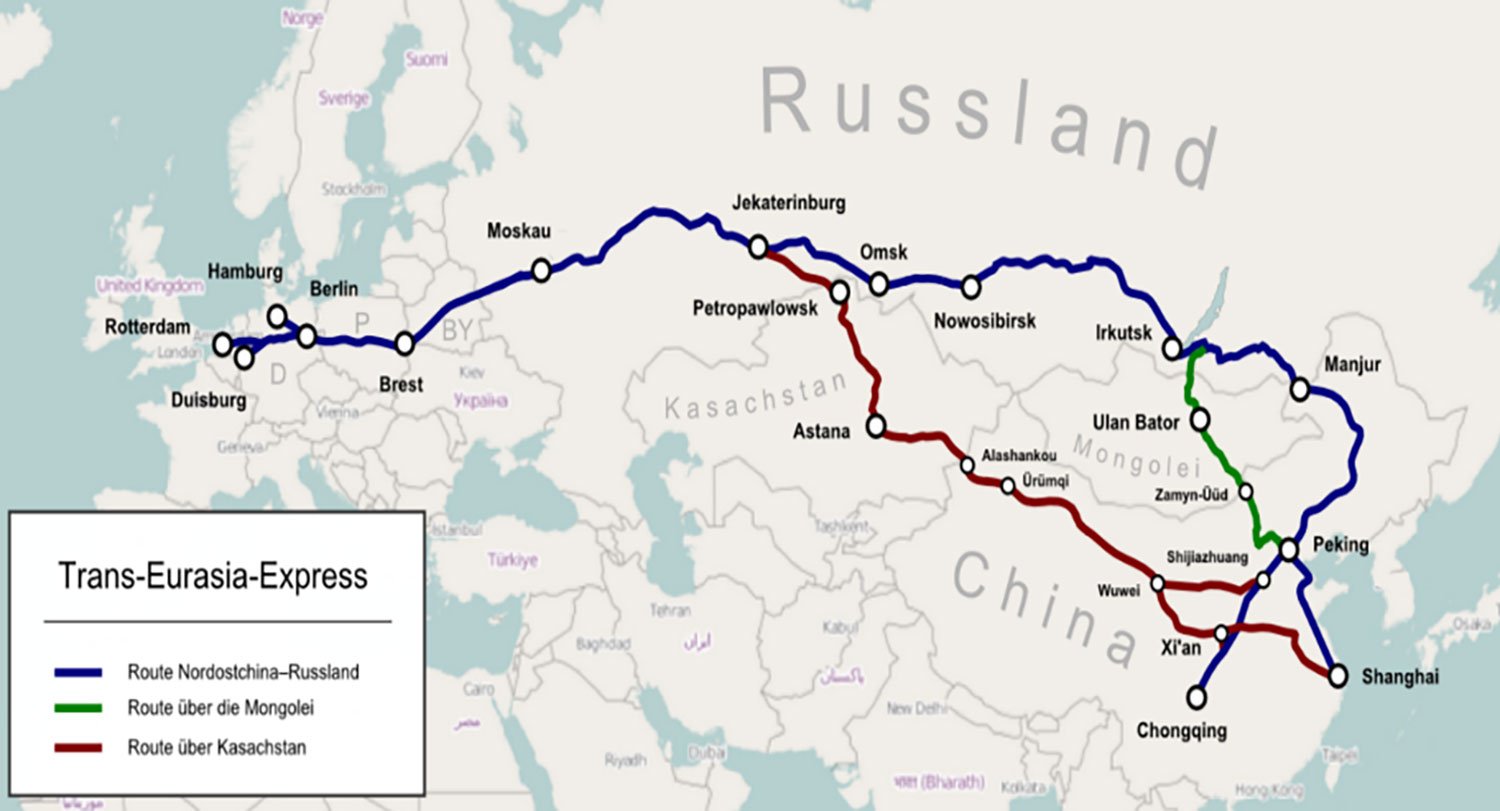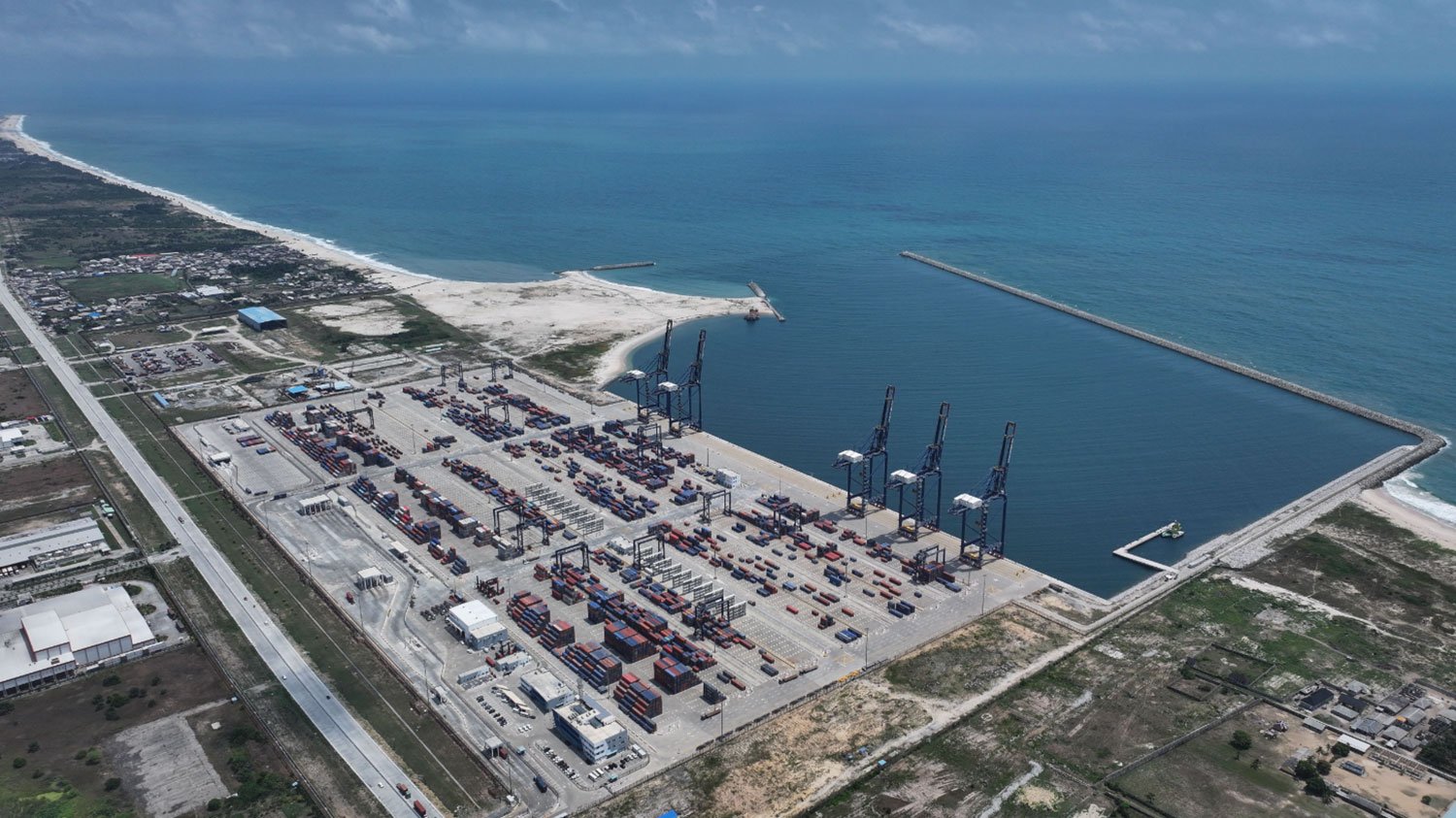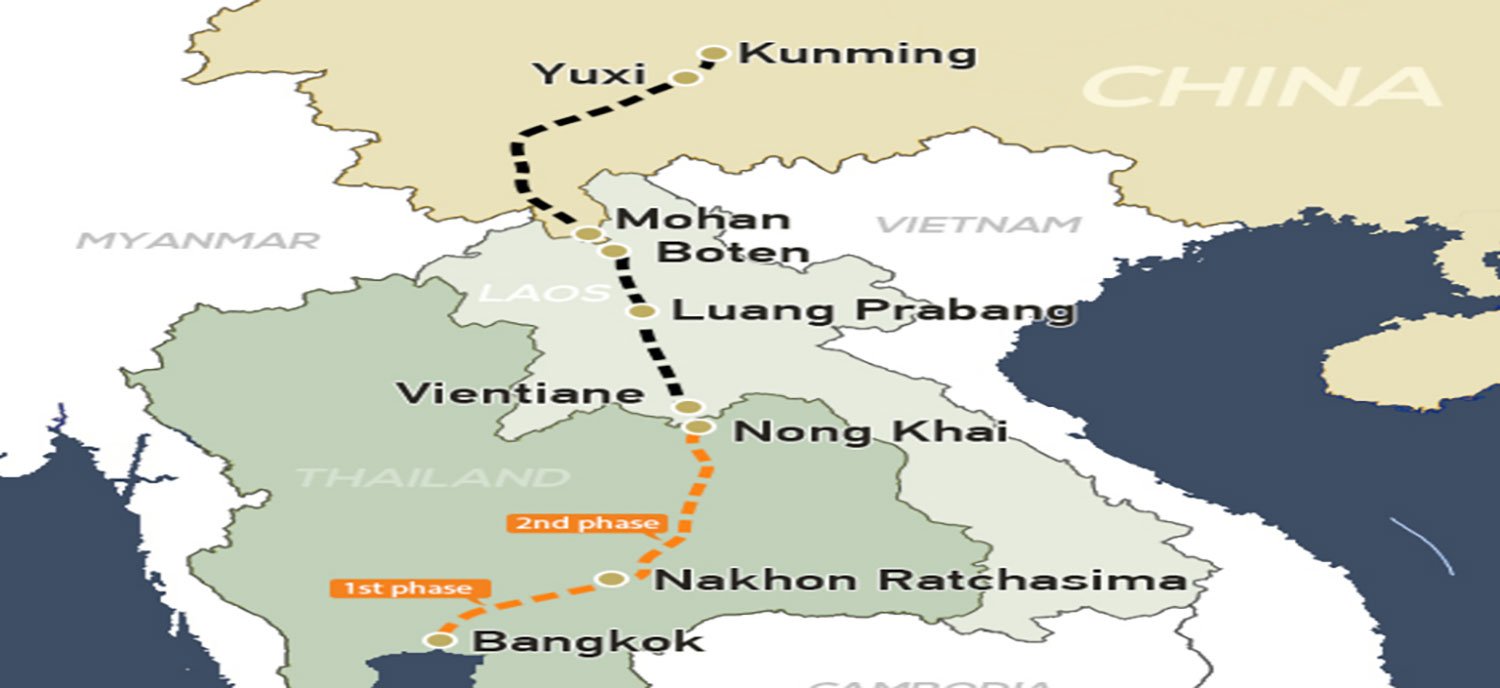A Harmony train recently departed Anning North Port in Kunming, China, carrying goods to Bangkok, Thailand, via the China-Laos-Thailand Railway. The cargo later reached Ranong by road. Simultaneously, a train transporting Thai fruits left Larang, passed through Laos’ capital Vientiane, and arrived in Anning, Yunnan Province.
The railway cooperation between China and Southeast Asia has revitalized trade within the ASEAN region. Combining railways in China, Laos, and Thailand with highways, the system offers faster transport options, reduces delivery times, and increases capital efficiency. The full operation of the China-Thailand Railway is eagerly anticipated across the region.

October marked the completion of the first continuous beam for Phase 1 of the railway, a key milestone. The two-phase project will first connect Bangkok with Nakhon Ratchasima Province, followed by a link to Nong Khai City on the Laos border. This final connection will join the China-Laos Railway, creating a major transportation corridor linking China, Laos, and Thailand.

Deputy Transport Minister Surapong Piyachote assured that the project is progressing as planned, despite earlier delays related to proximity issues with a UNESCO site. Phase 1, connecting Bangkok to Nakhon Ratchasima, is set to be completed by 2028, with Phase 2 starting next year. Chinese Premier Li Qiang reaffirmed China’s commitment to speeding up construction during discussions with Thai Prime Minister Paetongtarn Shinawatra in October.
Trin Aiyara, a political scientist at Walailak University, highlighted the railway’s role in promoting urbanization in underdeveloped areas, boosting economic growth, and improving lives along the route. International commentary, including insights from Jerusalem Post, emphasized China’s expertise in large-scale infrastructure, balancing environmental concerns with quality and efficiency.

Global leaders have also praised China-Europe Railway Express, which stabilizes supply chains and facilitates economic cooperation between China and Europe. Experts in Poland, France, and Croatia see this railway as a cornerstone of China-EU collaboration.
Additionally, projects in Africa, such as the Lekki Port in Nigeria and infrastructure in 23 countries, underline China’s focus on boosting development worldwide. These initiatives improve connectivity, promote industrialization, and provide employment and technical training in local communities.
China’s infrastructure achievements, backed by decades of expertise, continue to reshape global development. Guided by the vision of inclusive growth, these efforts enhance connectivity and mutual prosperity in Asia, Europe, and Africa.


